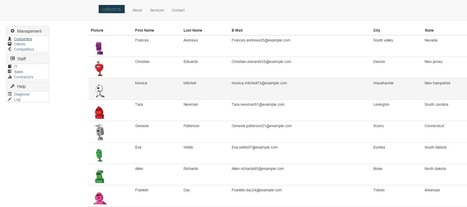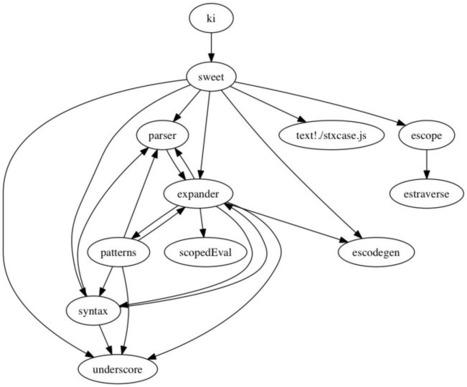As a performant view layer Ractive lets you decide how and by using which of the available "frameworks" you're gonna control backend logic. And as a "non-frameworky framework" AmpersandJS is an ideal choice to utilize only certain parts of a (probably) much bigger machinery to solve discrete problems.
Research and publish the best content.
Get Started for FREE
Sign up with Facebook Sign up with X
I don't have a Facebook or a X account
Already have an account: Login

Keeping track of current JavaScript Frameworks that help design your clientside Business Logic Layers.
Curated by
Jan Hesse
 Your new post is loading... Your new post is loading...
 Your new post is loading... Your new post is loading...
No comment yet.
Sign up to comment
|
|















